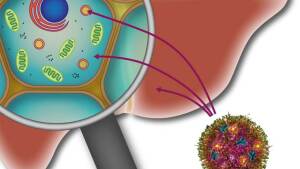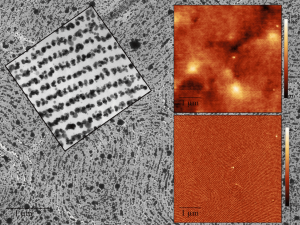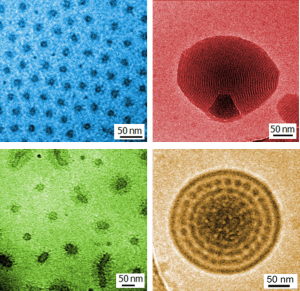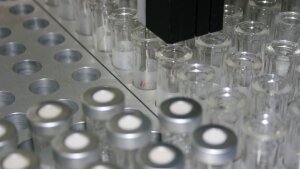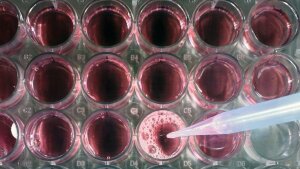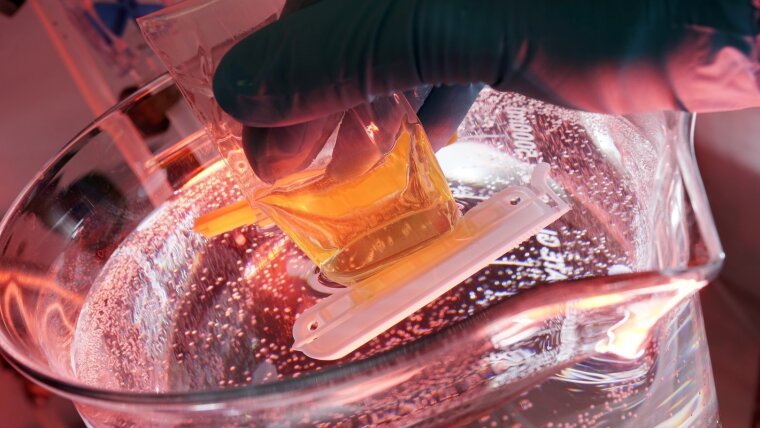
-
Materials for Life sciences
Learn more deGraphic about the CRC PolyTarget
We focus on the development of tailor-made polymers for the transport of genes and drugs, respectively. In particular, polymeric nanoparticulate materials are investigated within the framework of DFG CRC 1278 - PolyTarget. Moreover, the interaction between polymeric materials and cells is studied.
-
Advanced characterization techniques
Micrograph
Image: FSU Jena / Dr. Stephanie HöppenerDifferent (advanced) characterization techniques allow the detailed analysis of the different polymeric materials providing information on the (absolute) molar mass (e.g., by analytical ultracentrifugation, mass spectrometry), sizes of polymer assemblies up to other polymer properties (e.g., thermal proper-ties). In particular, electron microscopy (cryo-TEM, SEM) allows a deeper insight into polymeric as-semblies, particles etc.
-
Self-healing, self-organization and self-assembling materials and systems
Axolotl
Supramolecular interactions (metal complexes, io-nic interactions, hydrogen bonding) are utilized for the design of molecular building blocks (e.g., for energy and electron transfer) as well as of supra-molecular polymers. Latter materials are also stu-died in the context of self-healing polymers. These materials are also fabricated based on reversible covalent interactions.
-
Polymers for energy
Learn more deRedox Flow Battery
New battery technologies as alternative to the classical lithium batteries are investigated - these systems are based on organic materials and polymers. Redox-active polymers are used as active materials within thin batteries (e.g., printable bat-teries, solar batteries) as well as in redox-flow batteries. The usage of organic materials allows the abstention of critical metals (like cobalt or vanadium).
-
High-throughput experimentation and tailor-made macromolecules
HTE
In order to obtain well-defined polymers (with tai-lor-made properties), living and controlled polymerization methods are utilized (e.g., RAFT polymerization or CROP of oxazolines). For instance, LCST-type polymers were synthesized by these methods. Moreover, high-throughput experimentation methods allow the fabrication of polymer libraries in order to elucidate structure-property relationships.
